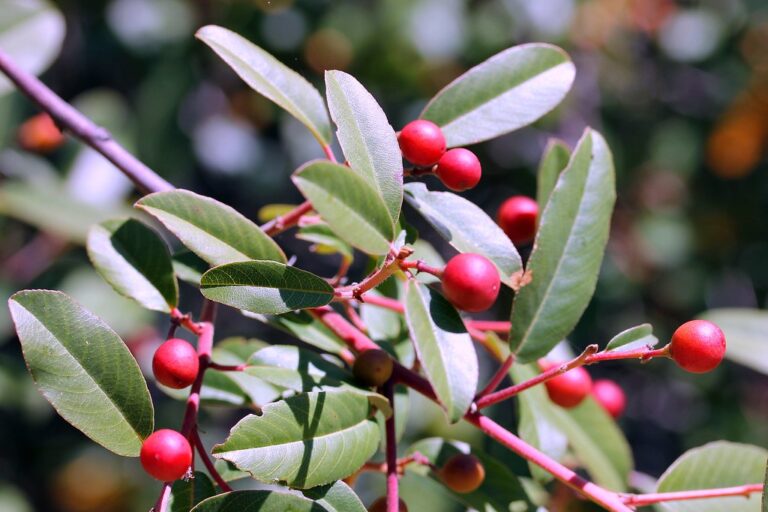Identify and Control 7 Common Bleeding Heart Pests

Bleeding hearts are beautiful, unique plants that can bring a touch of elegance to any garden. However, even these stunning plants are not immune to pests. While they may not be as susceptible as other plants, it’s essential to be aware of common pests that can affect your bleeding heart plants and how to address them. In this comprehensive guide, we will explore 7 common pests that may target your bleeding hearts, and provide valuable tips and strategies for controlling them effectively. Let’s dive in and learn how to keep these pests at bay!
7 Common Bleeding Heart Pests
- Aphids
- Mealybugs
- Scale
- Spider Mites
- Slugs and Snails
- Thrips
- Whiteflies
In general, maintaining the health of your bleeding heart plants is the key to preventing pest infestations. Proper watering, adequate spacing, and feeding are essential to keep your plants healthy. Additionally, staying on top of weed control is crucial as weeds can harbor pests and create a favorable environment for them to thrive.
Before we delve into specific pest control methods, it’s important to note that bleeding hearts can be sensitive to certain pest treatments. Always test new treatments on a small section of the plant first and wait 24 hours to observe the plant’s reaction. Avoid using treatments that result in burnt, brown, or yellow discolored areas on the plant.
1. Aphids
Aphids are common garden pests that can damage your bleeding heart plants by sucking sap from plant tissue. Green peach aphids are a prevalent type found in herbaceous plants in home gardens. To address an aphid infestation, start by washing them off with a spray of water and follow up with neem oil treatment every 10 days until the infestation diminishes.
2. Mealybugs
Mealybugs can occasionally target bleeding heart plants. They are often mistaken for disease symptoms due to their cotton-like appearance on stems and leaves. To treat mealybugs, spray them off with water and wipe insects and eggs with isopropyl alcohol. Avoid using oils and resort to pyrethroid insecticides sparingly as a last resort.
3. Scale
Scale insects can be challenging to identify due to their flat appearance and lack of visible legs. While they may prefer other plants over bleeding hearts, a scale infestation can still cause significant damage. Prune infected branches, scrape off insects, and introduce beneficial insects to your garden to control scale populations.
4. Spider Mites
Spider mites are tiny pests that can cause yellowing leaves and droopy foliage on bleeding heart plants. Detecting spider mites can be challenging due to their small size and webbing on plants. Spray affected plants with water regularly, maintain soil moisture, and consider using garlic extract, clove oil, or other natural mite control products. Introducing green lacewing larvae can also help control spider mite populations.
5. Slugs and Snails
Slugs and snails are common garden pests that may feed on bleeding hearts. Look for ragged holes on leaves, especially in new growth, to identify their presence. Employ hand picking, beer traps, or pet-safe pellets to control slug and snail populations in your garden.
6. Thrips
Thrips are slender insects that feed on bleeding heart stems, flowers, and foliage, causing scarring and deformities. Use yellow sticky traps to detect thrips and introduce predatory insects or neem oil to control infestations. Garlic oil and spinosad products are effective options for thrip control.
7. Whiteflies
Whiteflies are more prevalent in greenhouses but can still affect bleeding heart plants. Look for tiny fly-like critters around the plant and yellowing or necrosis on foliage to identify whitefly infestations. Control whiteflies with sticky traps, beneficial insects, well-watered plants, and products containing Beauveria bassiana fungus.
Even the most diligent gardeners may face pest problems in their gardens. By staying vigilant and employing proactive pest control measures, you can keep your bleeding heart plants healthy and thriving.





